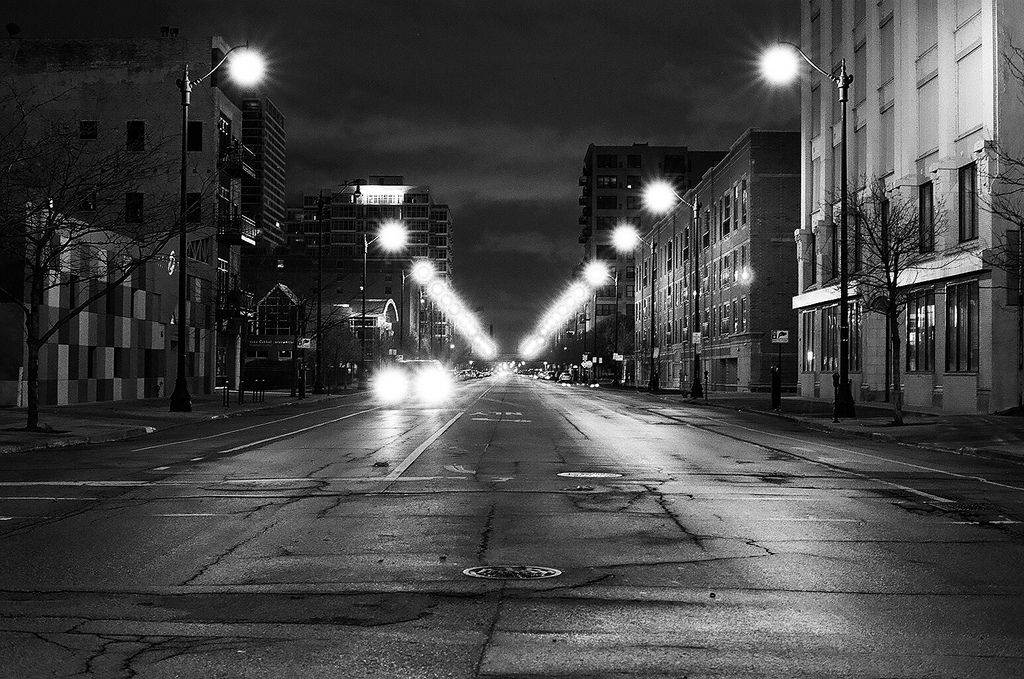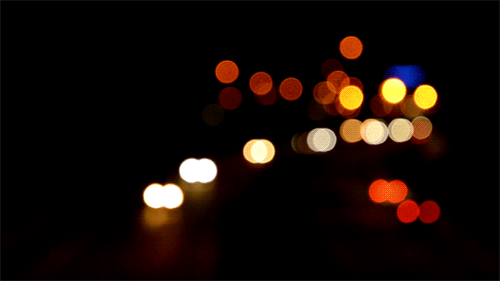It is possible that they don't design light houses to be all that bright or intense, because then at sea it would be more difficult to tell how far away it is from the coast if the glare magnification effect occurs. Also, they may not be designed to shine the bulk of their light backwards onto populated areas.
It is possible, but it is not reality:
Modern lighthouse beacons vary in power from about 10,000 candelas to about 1 million candelas, depending on the prevailing weather conditions and the visibility requirements of shipping traffic in the particular area.
This makes the low end of light house brightness at 50 times the average headlight high beam intensity and equal to a high output xenon headlamp.
If you were designing a very powerful light house, would you make it so that it shown at the sea or at the people's houses behind it?
It is possible that they don't design light houses to be all that bright or intense, because then at sea it would be more difficult to tell how far away it is from the coast if the glare magnification effect occurs. Also, they may not be designed to shine the bulk of their light backwards onto populated areas.
You are making it look more and more like "My local bit of earth looks flat, so the earth is flat", the guess everything else!
As I have attempted to stress, but quite unsuccessfully,
the moon does exactly the same thing as we claim the sun does - stays the same size (within exactly the variation predicted from the observer to the moon).
So I'll post it again, and again!
Now, surely you are not going to claim that "glare" magnifies the moon when is near the horizon, while magically retaining all the detail. The following two photos wer taken recently. The camera was hand-held at 1,600 mm 35 mm equiv focal length, so may not be as sharp as they might be.
 20160524 19:36 - Moon at Alt 6.3°, Azm 107.7°, size 0.516° at - 1600mm 20160524 19:36 - Moon at Alt 6.3°, Azm 107.7°, size 0.516° at - 1600mm | |  20160519 22:08 - Moon at Alt 71.5°, Azm 0.1°, size 0.511° at - 1600mm 20160519 22:08 - Moon at Alt 71.5°, Azm 0.1°, size 0.511° at - 1600mm |
Note that in both photos the moon's detail is quite apparent. The different orientations of the moon is simply that I was facing a different direction.
In the left photo the moon is 6.3° above the horizon and the right is 71.5° above the horizon. I "calibrated" the camera by photographing a millimetre tape at a distance of 8 m using the same (1,600 mm) focal length. Note that the photos are not taken on the same night.
In the photo close to the horizon (Alt = 6.3°) the diameter of the moon on the original image is 1730 pixels, which gives an apparent size of 0.516°.
In the highest altitude photo (Alt = 71.5°) the diameter of the moon on the original image is 1713 pixels, which gives an apparent size of 0.511°.
The calculated apparent sizes for the moon (from size and allowing for the moon's known orbital ellipticity) at those times are: 0.503° for the left photo (cf 0.516°) and 0.498° for the right photo (cf 0.511°). So I'm a bit in my calibration!
The apparent size of the moon does not change size from near the horizon to near overhead other than for the quite calculable changes in distances to the moon.
I could do exactly the same thing for the sun (or YOU could and prove it for yourself), but I haven't got a solar filter and don't intended wasting my money - I am not the one guessing about possible causes - I KNOW!
I don't like shouting but sometimes it is necessary!
The apparent size (as subtended angle of the disk) of the sun and moon do not ckange any more than predicted by the "globe theory"!
It's a magnification effect, so obviously we should expect the moon to be magnified.






